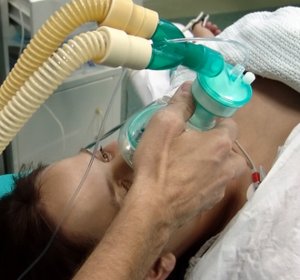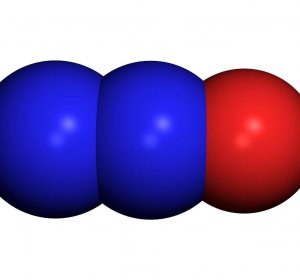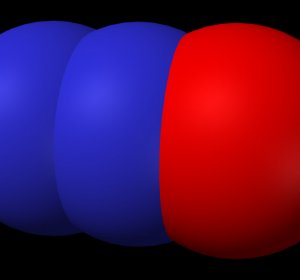Nitrous oxide Risks
Most of the risks associated with the use of nitrous oxide by dental patients are caused either by problems or errors in the proper administration of the gas (e.g. errors in the mixture of N2O/O2) or by the inappropriate use of nitrous oxide to patients with conditions that contradict its usage. Pressure increase due to nitrous oxide A major cause of risks related to nitrous…
☕ Read more
☕ Read more
Nitrous oxide Molecule
The ozone-oxygen cycle in the Earth’s stratosphere [social_buttons] The destruction of the Earth’s protective ozone layer (and the growth of the “hole” in this layer over the South Pole) due to the action of human-made chemicals was the leading environmental issue of the last century (entering the public lexicon sometime in the mid 1980’s), and no doubt prompted wider concerns…
☕ Read more
☕ Read more
Nitrous oxide contraindications
The currently known contraindications to the use of nitrous oxide sedation include the following: Breathing problems – Lung conditions Inhalation sedation is not indicated for people with respiratory problems (asthma or emphysema) or difficulty breathing in through the nose. Patients with a cold are better to avoid inhalation sedation until they can breath normally. Nitrous…
☕ Read more
☕ Read more
Nitrous oxide production
Nitrous Oxide is produced by heating ammonium nitrate to a temperature of 250 Degree Celsius. It produces nitrous oxide gas. The molten ammonium nitrate is transferred into a combustible material where it is decomposed as: NH4NO3 - N2O + 2H2O Our nitrous oxide plants eliminates acidic, basic and other impurity gases, they are washed successfully in the solutions of caustic…
☕ Read more
☕ Read more
Copyright © · All Rights Reserved | RSS | XML Sitemap




